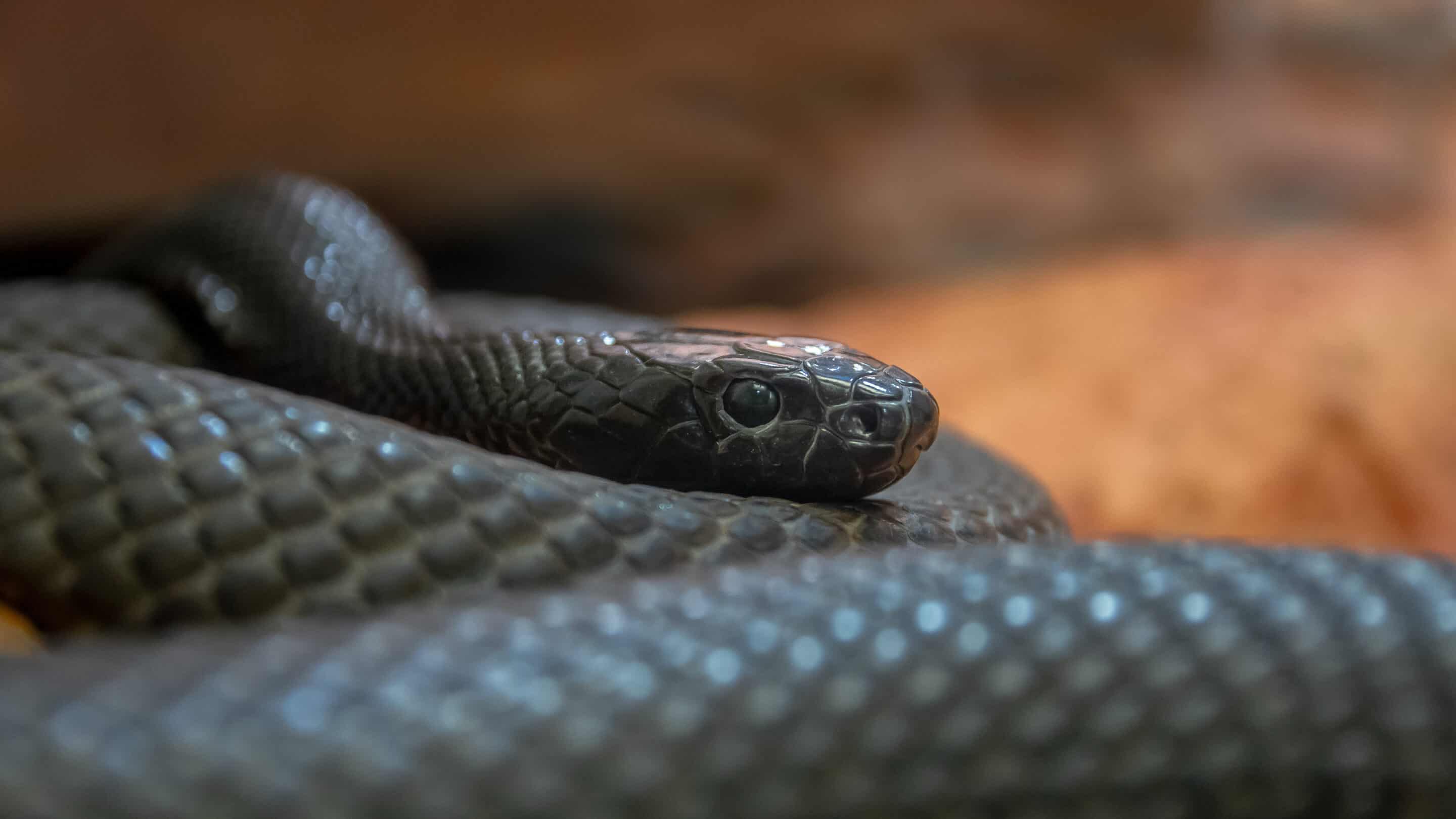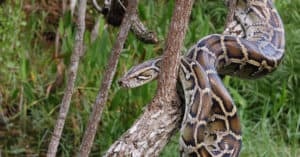Introduction
Australia is renowned for its abundant biodiversity, particularly when it concerns reptiles. Among these interesting creatures, the Eastern Tiger Serpent ( Notechis scutatus) sticks out as a result of its striking look and powerful poison. Found primarily in southeastern Australia, this types has actually intrigued both herpetologists and informal observers alike. In this extensive overview, we will look into the attributes of the Eastern Tiger Serpent, discover their environment, behavior, and diet regimen, and share essential safety and security suggestions for any individual that might run into them.
As we go across with the subtleties of the Eastern Tiger Snake's life, we'll likewise go over crucial subjects such as serpent bite first aid and prevention approaches. With serpent bites being a severe worry in Australia, equipping yourself with knowledge can indicate the distinction in between safety and danger. Distort up as we embark on this informing journey.
Exploring the Eastern Tiger Snake: Qualities and Safety Tips
1. Overview of the Eastern Tiger Snake
The Eastern Tiger Serpent is a very venomous snake that comes from the Elapidae household. Characterized by its distinct banding pattern that appears like a tiger's stripes, this varieties showcases a variety of colors from olive-green to black or even brownish hues.
1.1 Physical Characteristics
Tiger serpents are medium to large-sized serpents that typically reach sizes of 1.2 to 2 meters (4 to 6.5 feet). Their robust bodies are enhanced by a flattened head that makes them conveniently identifiable among other snakes.
1.2 Poison Composition
The poison of an Eastern Tiger Snake is primarily neurotoxic. This means it can affect the nerves and bring about paralysis if left without treatment. Luckily, antivenom is offered in Australia for those unfortunate enough to be bitten.
2. Environment of the Eastern Tiger Snake
Understanding where these snakes flourish can help in preventing encounters and valuing their function in the ecosystem.

2.1 All-natural Habitat
Eastern Tiger Snakes like seaside regions, wetland areas, and grasslands. They are often located near freshwater resources like swamps and rivers.
2.2 Geographic Distribution
This species is mainly situated in southeastern Australia, including components of Tasmania where they are usually described as Tasmanian tiger snakes.
3. Actions Patterns
3.1 Diurnal vs Nocturnal Activity
While some tiger serpents might display nocturnal actions throughout warmer months, they are largely diurnal animals that quest throughout daytime hours.
3.2 Protective Mechanisms
When threatened, tiger snakes might show aggressive behavior by coiling back or hissing loudly prior to striking if provoked further.
4. Diet regimen of the Eastern Tiger Snake
Tiger serpents have a varied diet regimen largely including tiny mammals, birds, amphibians, and various other reptiles.
4.1 Hunting Techniques
They utilize ambush methods coupled with quick strikes to record unwary victim-- an impressive feat provided their size!
5. Are Tiger Snakes Venomous? Understanding Their Risk Level
Yes! Venom toxicity Australian snakes The eastern tiger serpent is indeed poisonous; nevertheless, not all bites lead to envenomation (the injection of venom). Recognition regarding their risk degree is vital for any individual who frequents their habitat.
6. First Aid for Serpent Bites: An Essential Skillset
If someone is bitten by a tiger snake or any type of various other types:

- Remain calmness; panic aggravates symptoms. Call emergency situation services immediately. Apply a pressure bandage over the bite site.
Knowing how to respond immediately can conserve lives!
7. Common Misconceptions Concerning Tiger Snakes Debunked
Misunderstandings about tiger serpents abound-- let's deal with some common myths:
- Myth: All snakes are aggressive. Fact: Many serpent types prefer evasion over confrontation. Myth: A dry bite indicates no danger. Fact: Always seek medical attention no matter symptoms!
8. Security Precautions When Encountering Snakes
Awareness is your finest defense versus unwanted experiences with tiger snakes:
- Stay vigilant while hiking or going through understood habitats. Avoid high yard where visibility may be limited. Wear ideal footwear when discovering natural areas.
9. What To Do If You Experience an Eastern Tiger Snake?
Stay calmness! Gradually back away without making unexpected activities-- it's crucial not to prompt the animal further.
10. Baby Tiger Snakes: The Kids' Journey
Juvenile tigers normally display different coloration than grownups however retain comparable patterns that provide camouflage versus predators and Educating about venomous snakes environmental threats.
10.1 Developing Stages
These baby serpents emerge after regarding two months' gestation from eggs laid by ladies-- a remarkable transition into independence!
11. The Duty of Conservation in Protecting Snake Species
With city growth trespassing upon natural habitats, conservation efforts are crucial for keeping healthy and balanced populaces of eastern tiger serpents-- and all wildlife!
Frequently Asked Questions
FAQ 1: Are all tiger snakes deadly?
While eastern tiger serpents have powerful venom capable of triggering serious harm or fatality if neglected, not every encounter causes a bite or envenomation.
FAQ 2: Just how can I identify an eastern tiger snake?
Look for unique red stripe patterns integrated with coloration ranging from olive-green to black; they also have flat heads characteristic of elapids!
FAQ 3: What ought to I include in my snake bite emergency treatment kit?
Essential products include pressure plasters, sterilized gauze pads for injury treatment, antibacterial wipes/solutions like alcohol swabs along with emergency situation contact numbers!
FAQ 4: How often do tiger snakes breed?
Typically reproducing takes place during spring when temperature levels increase-- ladies may lay between 20-30 eggs per clutch relying on environmental conditions!

FAQ 5: What makes Tasmania's tiger snake unique?
Tasmanian tigers have a tendency towards larger sizes contrasted to mainland equivalents; their shade variations vary extensively throughout different geographical places too!
FAQ 6: Can you safely transfer a snake discovered on your property?
It's suggested not to attempt self-relocation as inappropriate handling may provoke them-- contact local wildlife authorities instead for assistance!
Conclusion
In summary, checking out the eastern tiger snake exposes much about one of Australia's a lot of exciting reptiles-- from its striking physical features to its crucial duty within ecosystems alongside common safety factors to consider pertaining to possible experiences with human beings! Recognition regarding this varieties promotes regard while guaranteeing risk-free experiences should one cross paths with these stunning animals out Website link in nature-- due to the fact that knowledge absolutely equips us all!